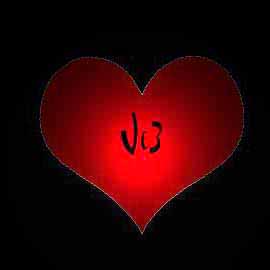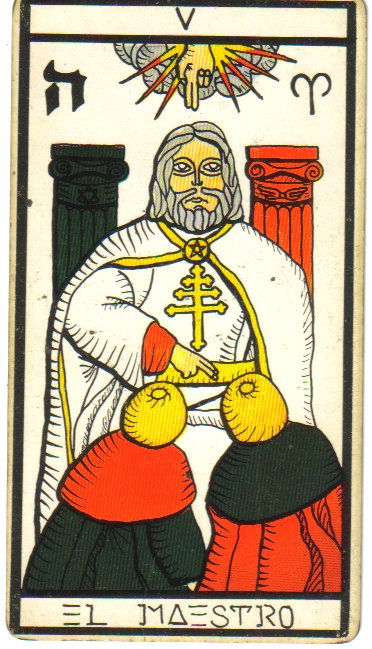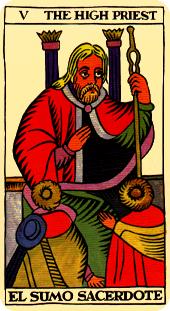 heart shaped world
heart shaped world
| fool | the magician |
high priestess | empress | emperor | hierophant | lovers | chariot | justice | hermit | wheel of fortune |
| strength | the hanged man | death | temperance | the devil | the tower | the star | the moon | the sun | judgement | the world |

When the Tarot first came to be seen as something more than just a game - and with a trump suit drawn from images depicting the social conditions of humankind, the liberal arts and the cardinal virtues it was inevitable that it would be - the Church and the Crown was an uneasy dyad comprising what we now think of as The State. Tarot became popular at a time of millenarian fervour with ideas catching light that would, rationalised through the Enlightenment and fuelled by literacy and education for the masses, see the nature of State change quite drastically. Here you need to catch the flavour of simpler ideas which underlay much of how we still perceive the world: For example, you have male and you have female, where these 'overlap' you have 'danger', a 'no-mans land' which is the province of the priest who mediates - you can pursue the idea of sacred/profane, nature/nurture etc from here but this 'zone' has been responsible for more shibboleths than you can shake a stick at. Food for thought. So if your reader's eyes glaze over at this card and the old cliches about 'inner voice' and 'spirit guide' start to emerge...
Note the (now familiar)pillars, here formalized, codified (by colour), showing the control of the establishment through the Hierophant.

Represents the establishment, the established order of things, the overall institution, comprised of many smaller ones working together, which ensures the continual renewal of society reproduced as we know it. It is Church and State in one, religion and law providing the moral framework by which we live. It is the mechanism beneath society’s hood which keeps ‘our way of life’ as we know it. It does not forbid change but regulates it as it stands between civilized man and the world he has fashioned, and the anarchy of natural chaos. As a card it stands for conformity, for what is expected and in some cases for what is necessary. It is the power of the collective, the group as opposed to the power of the individual which it naturally resists. There would be little progression without challenges to the established order, and it is ever more clear that there are more than one such ‘established’ orders – or at least, significant variations in how the order within is interpreted.
